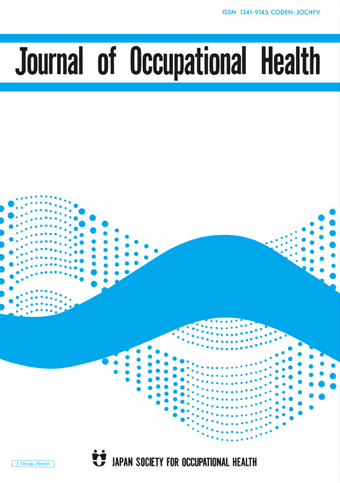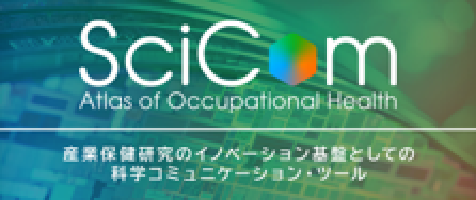Trends in the Implementation of COVID-19 Related Preventive Measures at Workplaces in Japan
The novel coronavirus that emerged in December 2019 soon spread all across the world resulting in a global pandemic. Given its rapid transmission and high number of asymptomatic carriers, several preventive measures were recommended at workplaces by global and regional health authorities including the Japan Society for Occupational Health. However, limited data was available on the extent to which these measures were practically implemented in real work settings.
Thus, researchers sought to investigate the implementation of preventive workplace measures across Japan from the beginning of the outbreak and changes in the subsequent months, in their study published in the journal of Environmental and Occupational Health Practice. They conducted an online survey evaluating employee responses from a cohort of 987 individuals employed full-time, across two time frames, T1 (March 2020) and T2 (May 2020) following the declaration of an emergency in Japan in response to COVID-19. The survey items were categorized as preventive measures taken by individuals at the workplace; quarantine criteria and leave policy when infected or upon clinical contact; information on high-risk candidates and duration of special measures. In addition, a reduction in face-to-face meetings and domestic business trips were included at T2.
Participants were categorized based on the type and size of the company, demographic variables and geographical areas. The analysis revealed that there was a significant increase in communication to the employees, and implementation of preventive measures between T1 and T2, particularly in terms of temperature measurement enforcement, teleworking, changing the work environment layout, social distancing and disinfection of the workplace. The researchers noted that the frequency of measures not being implemented was initially higher in smaller companies with less than 50 employees, compared to larger companies, and in transportation and construction related industries ; this disparity however decreased by T2.
These findings suggest an overall improvement in the implementation of preventive measures as per directives from the first outbreak of COVID-19 in Japan. The researchers emphasize on the need for additional support to smaller enterprises that are more vulnerable to employee lay off and losses in such testing times; and the importance of tailored precautionary guidelines that cater to the specific occupational needs of different industries.
Link to the original journal article:
https://doi.org/10.1539/eohp.2020-0017-OA
COVID-19 measurements at the workplace in various industries and company sizes: a 2-month follow-up cohort study of full-time employees in Japan
Natsu Sasaki, Kotaro Imamura, Mayumi Kataoka, Reiko Kuroda, Kanami Tsuno, Utako Sawada, Hiroki Asaoka, Mako Iida, Norito Kawakami
Here are some ways you can make it easier for your plain-language summary to be discovered once it has been published:
- Upload the summary on your personal, lab/research group, or university website.
- Share the published content with peers and colleagues through your personal social media accounts (Facebook, Twitter, Blogs, and LinkedIn). Link this back to the journal’s social media promotions for your paper.
- Include the link to the published post in your email signature line.
News & Announcement
-
Mar 14, 2025EOH-P has been listed on PMC/PubMed!The articles published in EOH-P have been registered with PMC/PubMed, the U.S. Nation...
-
Jun 11, 2021Lay Summary page open!Lay Summary page provides you article summaries in order of study categories. You can...
-
Oct 1, 2019EOH-P is now released!The Environmental and Occupational Health Practice (EOH-P) has been released. Please ...
Journal Info
Average 46.14 days from submission to first decision
Average 120.95 days from submission to acceptance







